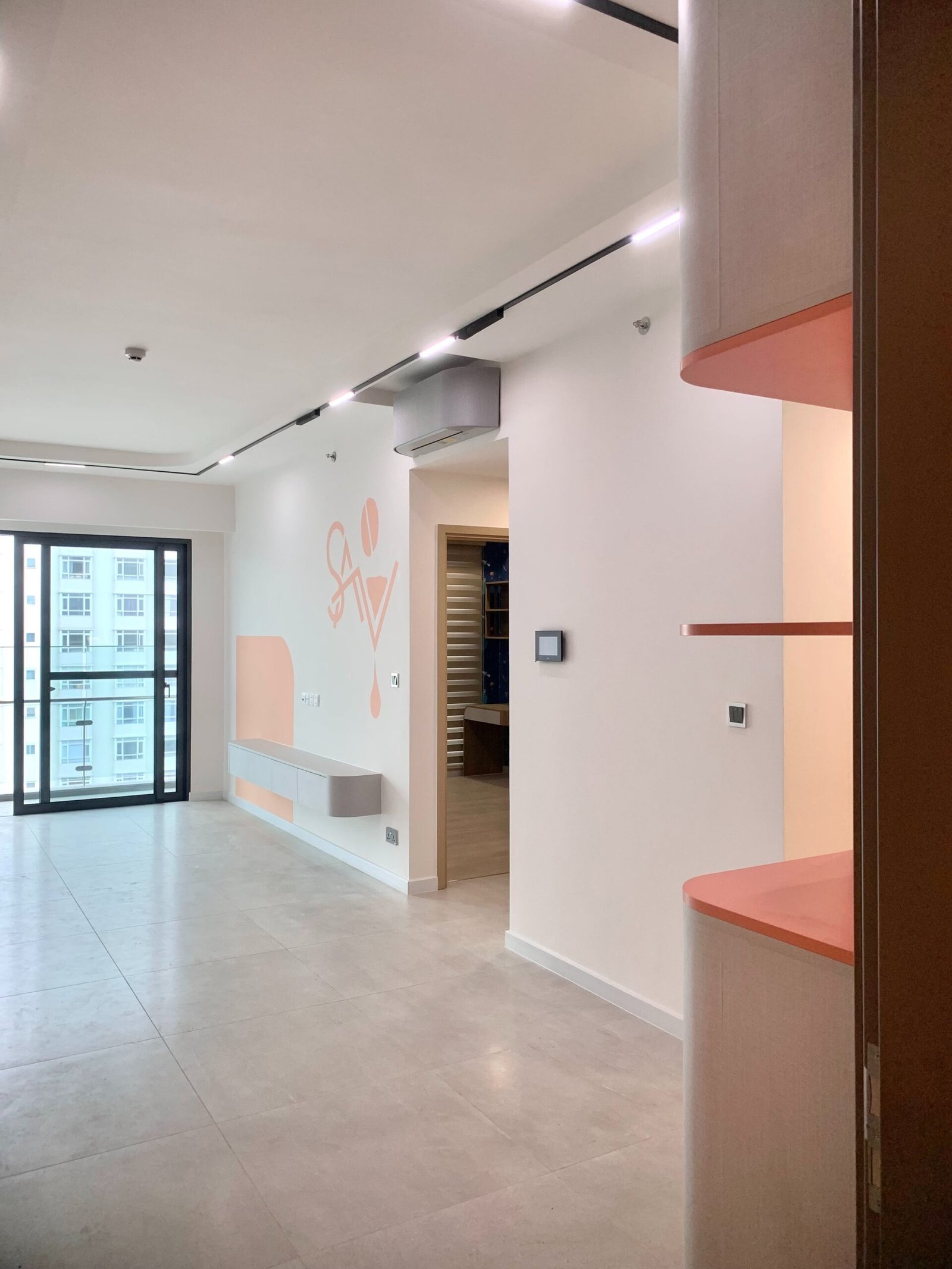In a traditional Korean meal, banchan, or side dishes, play a multifaceted role that goes far beyond just being accompaniments to the main course. These small but flavorful dishes not only enhance the overall dining experience but also reflect the rich cultural heritage of Korean cuisine. From kimchi, the iconic fermented vegetable dish, to savory pancakes, pickled vegetables, and other delectables, banchan provide a harmonious and well-rounded blend of tastes, textures, and colors that complement the main dish. So, join the table and discover the fascinating world of banchan as we unravel their significance in a traditional Korean meal.
The Importance of Banchan
In Korean cuisine, banchan holds a unique and vital role in enhancing the overall dining experience. These delicious side dishes not only add flavor and depth to the meal but also provide nutritional balance and promote a sense of sharing and community. Understanding the importance of banchan is key to appreciating the rich and vibrant culture of Korean cuisine.
Enhancing the Flavor Profile
One of the primary roles of banchan is to enhance the flavor profile of the meal. Each side dish is carefully crafted with distinct ingredients and seasonings, complementing the main dish and creating a harmonious balance of flavors. From the tangy and spicy notes of kimchi to the delicate and refreshing namul, banchan adds a burst of flavor that elevates the entire dining experience.
Providing Nutritional Balance
Banchan also plays a crucial role in providing nutritional balance to Korean meals. With a variety of vegetables, meats, seafood, and fermented foods, these side dishes offer a wide range of vitamins, minerals, and essential nutrients. From the probiotics in kimchi to the protein in jeon, banchan ensures that diners enjoy a well-rounded and wholesome meal.
Promoting Sharing and Community
Beyond culinary purposes, banchan promotes a sense of sharing and community during mealtime. Multiple side dishes are served to be shared among diners, encouraging conversation and interaction. It fosters a warm and inclusive atmosphere, where everyone can enjoy a diverse array of flavors and exchange their favorite banchan. Banchan truly embodies the spirit of Korean hospitality and strengthens the bond between friends and family.
Types of Banchan
Korean cuisine is known for its rich diversity of banchan. Each region and household has its own unique selection of side dishes, but some popular and widely beloved ones include:
Kimchi
Kimchi is a staple banchan in Korean cuisine. It is made by fermenting vegetables, most commonly napa cabbage or radishes, with a combination of spices, seasonings, and chili peppers. This iconic side dish offers a flavorful punch and is known for its probiotic properties. Koreans enjoy a wide variety of kimchi, with different levels of spice and fermentation.
Namul
Namul refers to a variety of seasoned and blanched or sautéed vegetables. It is a healthy and nutritious banchan, often featuring popular vegetables like spinach, bean sprouts, or fernbrake. The vegetables are lightly dressed in sesame oil, garlic, soy sauce, and sometimes chili flakes, creating a refreshing and savory dish.
Jeon
Jeon is a type of Korean pancake made by battering and pan-frying various ingredients. It can be filled with vegetables, seafood, or meat, offering endless creative possibilities. Jeon is popular as an appetizer or a side dish and is enjoyed for its crispy exterior and soft, flavorful interior.
Jjigae
Jjigae refers to a variety of Korean stews, often served as a banchan alongside rice and other side dishes. These hearty and comforting stews can be made with various ingredients, such as kimchi, tofu, or seafood. Jjigae adds a warm and satisfying element to the meal, with its rich flavors and comforting textures.
Gyeran-jjim
Gyeran-jjim is a savory Korean egg custard banchan. It is made by steaming beaten eggs with seasonings, creating a delicate and fluffy dish. Gyeran-jjim is a popular breakfast or brunch banchan, enjoyed for its simplicity and comforting taste.

Serving and Presentation
The way banchan is served and presented is just as important as the flavors themselves. Korean culinary traditions pay close attention to the aesthetics and arrangement of these side dishes, aiming to create a visually appealing and harmonious dining experience.
Small Portions but Plentiful Variety
Korean cuisine values balance and variety, reflected in the serving size of banchan. Instead of larger portions of a few dishes, meals are accompanied by numerous small bowls or plates of different banchan. This allows diners to sample and enjoy a wide range of flavors and textures throughout the meal.
Placement and Arrangement
The placement and arrangement of banchan on the dining table is thoughtfully done. Traditionally, banchan is positioned around the main dish in an organized manner, with smaller dishes towards the front and larger ones towards the back. This setup not only enhances the visual appeal but also facilitates easy access for diners to try each side dish.
Color and Aesthetics
Color plays a crucial role in the visual presentation of banchan. Koreans strive to achieve a balance of vibrant and contrasting colors in their side dishes, adding visual interest to the overall meal. This attention to aesthetics enhances the dining experience, making the meal inviting and appealing to the eyes.
Cultural Significance
Banchan holds deep cultural significance in Korean culinary traditions. Understanding its cultural importance sheds light on the customs and values associated with Korean dining.
Symbol of Hospitality
In Korean culture, serving a variety of banchan to guests is a symbol of hospitality and respect. It showcases the host’s generosity and effort in providing a memorable dining experience. The abundance and diversity of banchan highlight the warm and welcoming nature of Korean culture.
Seasonal and Regional Influence
Banchan also reflects the seasonal and regional influences in Korean cuisine. Different regions in Korea have their own unique banchan specialties, often highlighting the local produce and flavors. Additionally, certain banchan are specifically prepared and enjoyed during specific seasons when the ingredients are at their freshest and most flavorful.
Preservation of Tradition
Banchan serves as a means of preserving and passing down culinary traditions from one generation to another. Many families have their own cherished recipes and techniques for preparing banchan, handed down through oral tradition or written recipes. The preparation and enjoyment of banchan often involve cherished family memories and traditions, adding a sense of nostalgia and connection to Korean heritage.

Banchan in Modern Korean Cuisine
While banchan remains deeply rooted in tradition, it has also evolved and adapted to modern times, reflecting the dynamic nature of Korean cuisine.
Evolution and Innovation
As Korean cuisine gains global popularity, banchan has seen evolution and innovation in its presentation and flavors. Chefs experiment with creative combinations of ingredients and modern cooking techniques, resulting in new interpretations of traditional banchan. This evolution allows for endless culinary possibilities while still maintaining the essence of banchan.
Influence on Global Food Trends
The popularity of Korean cuisine, including banchan, has had a significant impact on global food trends. Korean flavors, such as the spicy and tangy taste of kimchi, have gained recognition and are now incorporated into various international dishes. Banchan acts as a gateway to Korean cuisine, introducing people to the vibrant flavors and communal dining style of Korean culture.
Integration in Fusion Dishes
Banchan has also found its way into fusion dishes, blending Korean flavors with other culinary traditions. Chefs around the world experiment with incorporating banchan elements into their own creations, resulting in exciting taste combinations. This fusion of culinary styles and flavors expands the possibilities of banchan, allowing it to be enjoyed in diverse culinary contexts.
Social and Dining Etiquette
Korean dining etiquette and customs play an important role when it comes to enjoying banchan.
Complementary to Main Dish
Banchan is meant to be enjoyed alongside the main dish and rice. It is customarily eaten in small portions, in between bites of the main dish and rice. This allows for a balanced and harmonious dining experience, where each element complements and enhances the others.
Following the Elders’ Lead
In Korean dining culture, it is customary to wait for the eldest person at the table to begin eating before starting the banchan. This shows respect and acknowledges their status within the group. Additionally, it is polite to wait for others to finish serving themselves banchan before serving oneself.
Replenishment and Hygiene
Throughout the meal, it is important to maintain the cleanliness and hygiene of the shared banchan. It is considered good etiquette to use separate serving utensils or chopsticks when taking banchan from communal dishes, preventing cross-contamination. If a banchan dish runs low, it is polite to ask if anyone would like more before taking the last portion for oneself.

Health Benefits of Banchan
In addition to its culinary and cultural importance, banchan also offers numerous health benefits.
Rich Source of Vitamins and Minerals
The wide variety of vegetables and fermented foods used in banchan make it a rich source of vitamins and minerals. Each side dish contributes different nutrients, ensuring a well-rounded meal. For example, kimchi is a great source of vitamin C, while namul dishes offer a range of essential minerals like iron and calcium.
Enhancement of Digestion
Fermented banchan, such as kimchi, provide probiotics that can improve digestion and gut health. These beneficial bacteria aid in the breakdown of food and the absorption of nutrients, promoting overall digestive well-being. Including banchan in meals can enhance the overall digestion process.
Potential Antioxidant Properties
Certain banchan, like dishes with colorful vegetables or those seasoned with spices like turmeric or ginger, may have antioxidant properties. Antioxidants help neutralize harmful free radicals in the body, reducing oxidative stress and potentially offering long-term health benefits.
Economic and Sustainability Considerations
Banchan also has economic and sustainability implications that contribute to the broader food landscape.
Minimizing Food Waste
The practice of serving multiple banchan dishes allows for efficient use of ingredients and minimizes food waste. Smaller portions of different dishes ensure that diners can savor a wide variety of flavors without leaving excess uneaten food. This aspect of Korean dining culture contributes to sustainability and responsible consumption.
Supporting Local Farming
The use of fresh and locally sourced ingredients in banchan supports local farmers and promotes sustainable agricultural practices. Korean cuisine is deeply connected to the land, and the emphasis on high-quality produce in banchan helps maintain the viability and diversity of local farming communities.
Economic Impacts of Banchan
The popularity of Korean cuisine and its associated banchan has a positive economic impact on both local and international levels. Korean restaurants and markets thrive due to the demand for authentic banchan and ingredients. Additionally, the exportation of Korean food products, including banchan, contributes to the country’s economy and cultural influence.

Banchan in Cultural Festivals and Celebrations
Banchan plays a significant role in various cultural festivals and celebrations in Korea, adding to the richness of these occasions.
Role in Lunar New Year (Seollal)
During the Lunar New Year, banchan takes center stage as families gather to share a festive meal. Traditional banchan such as jeon, namul, and kimchi are prepared in abundance to signify wealth and abundance in the upcoming year. The wide array of banchan gives a sense of celebration and togetherness during this important holiday.
Significance in Harvest Festival (Chuseok)
Chuseok, the Harvest Festival in Korea, is a time to express gratitude for a bountiful harvest. Banchan made from seasonal ingredients are an integral part of the Chuseok feast. Dishes like songpyeon (rice cakes) and gyeran-jjim (egg custard) are meticulously prepared to honor ancestral traditions and celebrate the abundance of the harvest.
Connection to Ancestral Rituals
Banchan is also an essential component of ancestral rituals, where families pay respect to their ancestors. A table laden with various banchan is prepared as an offering to honor and remember departed loved ones. Through the act of preparing and sharing banchan, families maintain a strong connection to their roots and ancestors.
Regional Variations and Signature Banchan
Korea’s diverse regions have their own unique banchan specialties, reflecting the local flavors and culinary traditions.
Jeju Island
Jeju Island, known for its volcanic soil and pristine natural environment, offers a unique array of banchan. Banchan made from locally grown ingredients such as seaweed, seafood, and wild greens showcase the island’s distinctive flavors. Jeju-style banchan often emphasize freshness and simplicity, allowing the natural flavors of the ingredients to shine.
Gyeongju
Gyeongju, an ancient city in South Korea, boasts a rich historical and cultural heritage. Banchan from this region often incorporates traditional flavors and cooking techniques. Gyeongju-style banchan includes dishes like gyeongju bread, made with beans and nuts, and various jangajji (pickled vegetables) that reflect the region’s historical roots.
Andong
Andong, located in the eastern part of Korea, is famous for its traditional cuisine. Banchan from this region often feature hearty and robust flavors. Andong-style banchan includes dishes like heotjesabap (a savory combination of rice, vegetables, and meat), and jjimdak (braised chicken with vegetables), both known for their rich and bold flavors.
In conclusion, banchan plays a fundamental role in Korean cuisine, enhancing flavor profiles, providing nutritional balance, and promoting a sense of sharing and community. With its diverse range of side dishes, each carefully prepared and beautifully presented, banchan encapsulates the essence of Korean hospitality and cultural traditions. From the traditional to the innovative, banchan continues to evolve and influence global culinary trends while maintaining its deep-rooted significance in Korean gastronomy.

